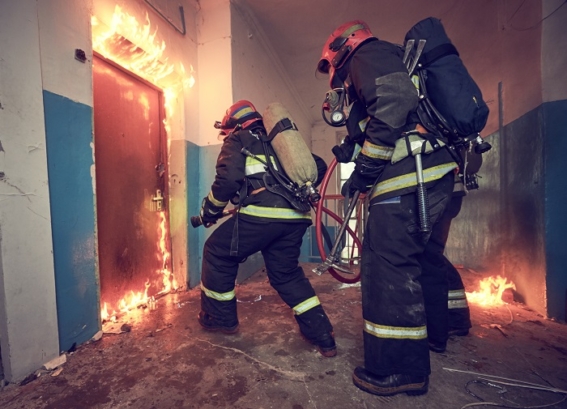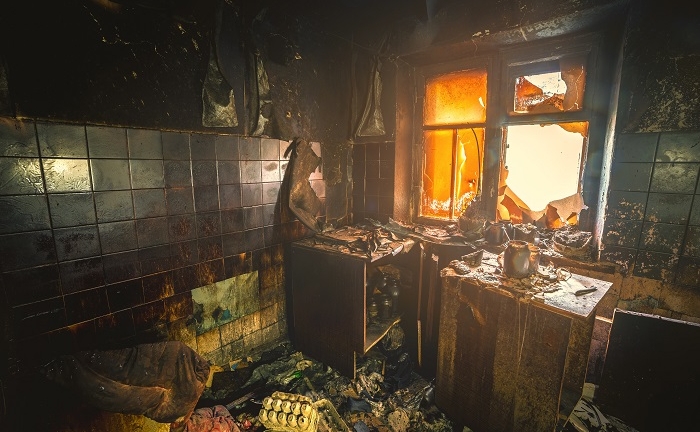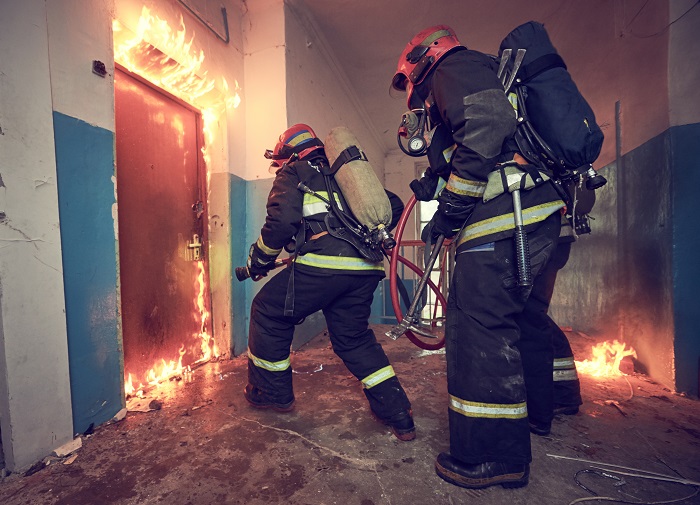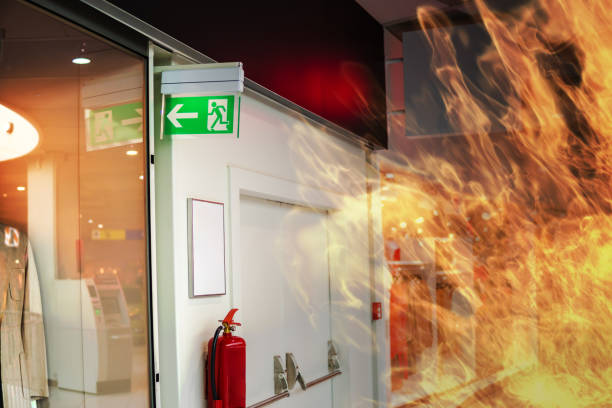
We are a leading manufacturer of quality internal and external lighting products for commercial, industrial and retail applications.
View all productsAt Ansell Lighting we design and manufacture an extensive range of luminaires for a diverse number of sectors and applications. Whatever the shape, purpose or style of your space, we have a lighting solution.
View all sectors & applicationsWe are a leading manufacturer of quality internal and external lighting products for commercial, industrial and retail applications.
Welcome to Ansell lightingWe are here to answer any questions you may have, help you find a stockist or speak to a local member of our team.
OCTO delivers the complete smart lighting package to transform the efficiency and ambience of commercial and residential spaces.
Find information regarding our product warranty, product data downloads and FAQs regarding lighting and technical terms. Here you will find support with training CPDs as well as useful lighting design and LED strip calculators.
Fire Protection Within Buildings

When considering which materials are to be installed within a building against the potential risk of fire, there is a requirement to look at the two factors of ‘Fire Reaction’ and ‘Fire Resistance’.
The first consideration is that of ‘Fire Reaction’, which constitutes a testing and classification process to determine the reaction to fire of building construction materials and in their contribution to the growth of a fire within a building. This reaction to fire can be described as how much the installed material reacts and contributes to the development of a fire when in its early stages and the method of testing for this, is to create a fire situation in which the building material is placed. The reaction to the fire classification system is designed to determine how much a building material and/or component contribute to the spread of flame which is referred to as the ‘single burning item’ or SBI test.
Under the requirements of BS EN 13501-1:2018, relating to ‘Euroclasses’ a standard became applicable back in 2001, where there are three ratings, the first being a system of seven classes for materials regarding their performance against the reaction to fire provided by the letters A1 / A2 / B / C / D / E / F, with A1 being the highest level of performance and F, the lowest.
| A1 | Non-combustible and no contribution to fire, Class A1 products will not contribute in any stage of the fire including the fully developed fire and they are assumed to be capable of satisfying automatically all requirements of all lower classes |
| A2 | Limited combustibility and very limited contribution to fire, satisfying the criteria for the SBI-test according to EN 13823 and in addition, under conditions of a fully developed fire these products will not significantly contribute to the fire load and fire growth |
| B | Combustible and limited contribution to fire satisfying more stringent requirements and building materials having a very moderate fire contribution |
| C | Combustible and minor contribution to fire for products satisfying more stringent requirements and building materials which, to a limited extend, contribute to fire |
| D | Combustible and medium contribution to fire with products capable of resisting a small flame attack, for a longer period, without substantial flame spread and are also capable of undergoing thermal attack by a single burning item with sufficiently delayed and limited heat release |
| E | – Combustible and high contribution to fire with products capable of resisting, for a short period, a small flame attack without substantial flame spread |
| F | Combustible and high contribution to fire with products capable of resisting, for a short period, a small flame attack without substantial flame spread |

The second classification of three, is that of smoke emission during combustion, which is indicated by a rating of the smoke indicated by the letter ‘S’, with S3 being the worst.
| S1 | Quantity/speed of emission absent or weak with very limited amount of smoke developed |
| S2 | Quantity/speed of emission of average intensity with limited amount of smoke developed |
| S3 | Quantity/speed of emission of high intensity with no demands to the amount of smoke developed |
The third and final classification of reaction to fire relates to the quantity of flaming droplets and/or particles that occur during combustion and this is indicated by the letter ‘d’, with d2 being the worst.
| d0 | No dripping with no burning droplets or particles |
| d1 | Low dripping with limited amount of burning droplets or particles |
| d2 | High dripping with no demand to the amount of burning droplets or particles |
The second consideration is that of ‘Fire Resistance’, which is an important and detailed requirement for buildings where the definition of fire resistance is expressed as the number of minutes of time duration where the building material and/or its component has the ability to withstand and resist the effects caused and result from a fire condition within the building. The information is based upon what is termed as the standard fire scenario and has been derived by determining the results obtained under exacting conditions.
The building construction material and/or its component is required to meet three basic limit conditions of fire resistance, firstly for Load Bearing Capacity, given by the letter ‘R’, which is the ability for a building element to resist a fire when exposed on one or several sides and when supporting an external load during a time period without losing its stability. Secondly, Integrity, given as the letter ‘E’, which is the ability of an element of building construction, when exposed to fire on one side, to prevent the passage through it of flames and hot gases and to prevent the occurrence of flames on the unexposed side. Thirdly, Insulation given as the letter ‘I’. which is the ability of an element of building construction when exposed to fire on one side, to restrict the temperature rise of the unexposed face to below specified levels.
For the Building Regulations of England and Wales, both refer to the fire resistance classes which is classified as the fire resistance term of ‘REI’ and these requirements are to be met by compartment partitions such as walls, floors and ceilings. Following the term ‘REI’ the fire resistance classes show a maximum time limit given in set minutes of either 15 / 30 / 45 / 60 / 90 / 120 / 180 / 240 / 360 minutes and this demonstrates the time that the performance criteria is fulfilled during a standardised fire test.
Taking an overall view of the options of fire resistance relating to Load Bearing building components within a building:
- ‘REI’ (followed by time period), is the time span where all three criteria, of the load bearing capacity, integrity and insulation are fulfilled.
- ‘RE’ (followed by time period), is the time span where the two criteria, of the load bearing capacity and integrity, are fulfilled.
- ‘R’ (followed by time period), is the time span where the criteria of the load bearing capacity only are fulfilled.
For the mechanical resistance as shown by the letter ’M’, which is given as the ability of a construction element to withstand an impact, representing the effect caused by where the structural failure of another component in a fire causes an impact on the element concerned. The element is subjected to a predefined impact test which is carried out immediately after the building element has been tested during a certain time for the other classifications of the load bearing capacity and integrity (RE) or with the inclusion of insulation (REI).
You Might Also Be Interested In...

